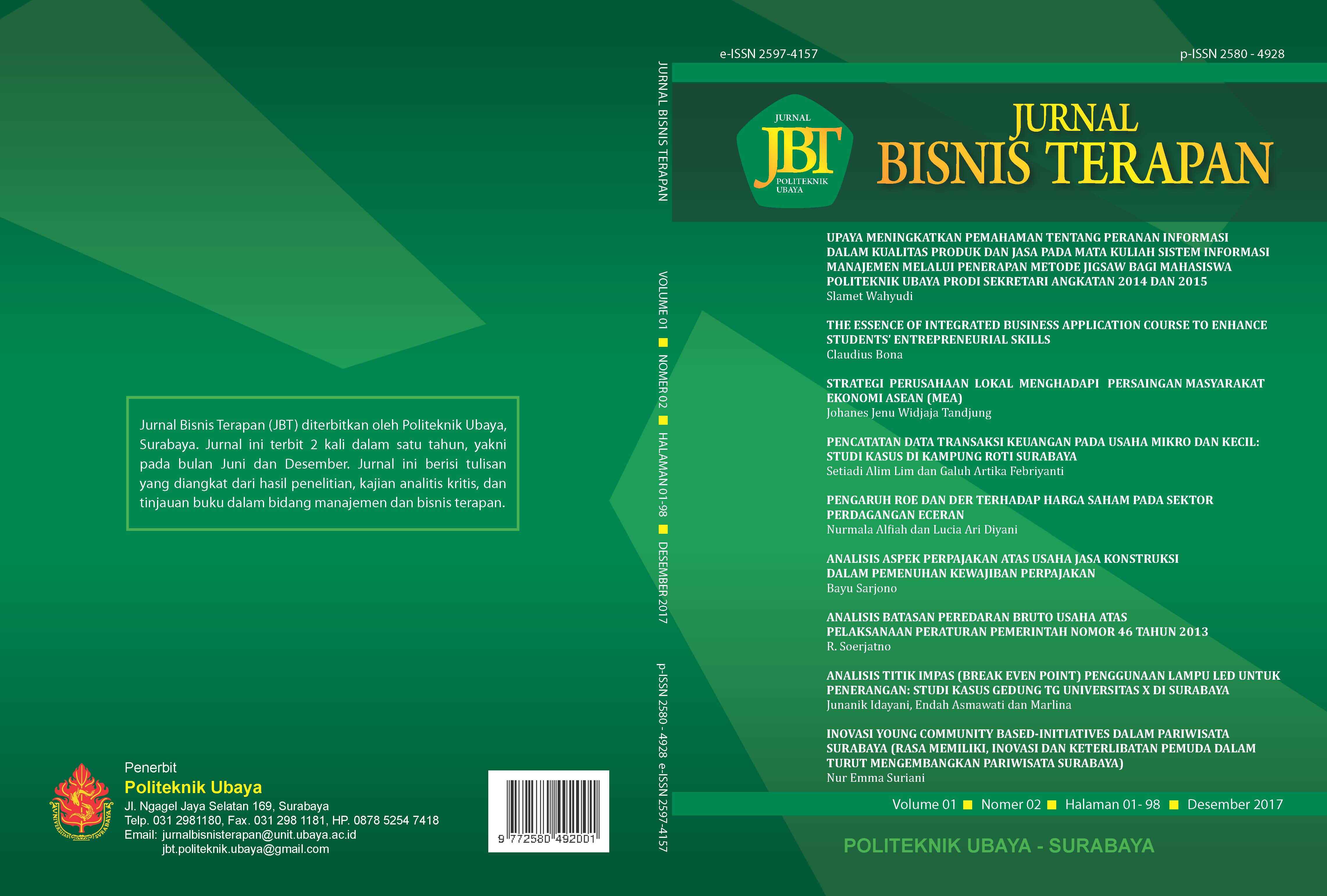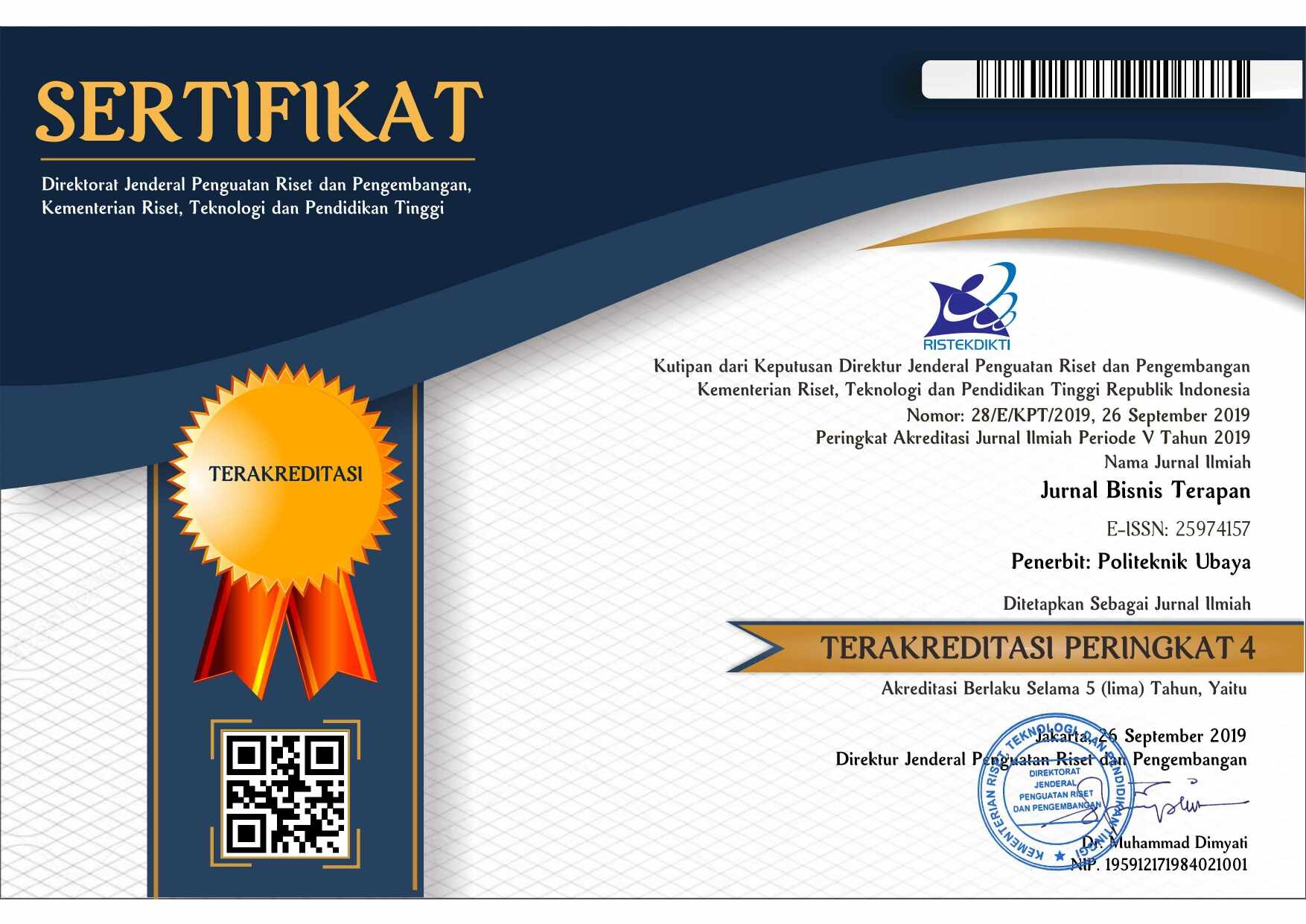ANALISIS TITIK IMPAS (BREAK EVEN POINT) PENGGUNAAN LAMPU LED UNTUK PENERANGAN: STUDI KASUS GEDUNG TG UNIVERSITAS X DI SURABAYA
 Abstract Views:
705 times
Abstract Views:
705 times
 PDF Downloads:
1051 times
PDF Downloads:
1051 times
Abstract
Energy management, one of energy conservation, is activities in organizing data collection, analyzing, planning, implementing, monitoring, and evaluating energy use. The increasingly limited supply of energy raises the demand to think about how to use the lights so that the breakeven point of the product used can be optimally utilized. The basic principle is the efficient and rational use of energy without reducing the use of energy that is really necessary, in other words the use of needsbased. The scope of this study is limited to the calculation of the breakeven point of the use of 3 brands of LED lamps used for lighting that support the conservation of electrical energy. In the calculation of the break-even point, it is necessary to study the most efficient lamp brand. Therefore, in this study the efficiency level will be calculated using three different brands of LED lights, namely brands A, B and C. The study was conducted by noting the use of electrical energy for lighting on a space in the TG building that was turned on for 8-9 hours every day. The measurement results state that LED B-brand lamps are economically more sparingly 55% each month compared to other brands, and operational cost advantage occurred in the 78th month while other brands occurred in the 91st month..
Downloads


Ciptaan disebarluaskan di bawah Lisensi Creative Commons Atribusi-NonKomersial-BerbagiSerupa 4.0 Internasional.
-
Articles published in Jurnal Bisnis Terapan are licensed under a Creative Commons Attribution-NonCommercial-ShareAlike 4.0 International (CC BY-NC-SA 4.0) license, which permits anyone to copy, transform, or redistribute articles for any lawful purpose in any medium, provided appropriate credit is given to the original author(s) and Jurnal Bisnis Terapan is recognized as its original publisher. A link to this license should also be provided. Any derivative work of an article published in Jurnal Bisnis Terapan must also be shared under the same (or compatible) license.
-
Both copyright and publishing rights on articles are retained by the respective author(s), without restrictions. Only a non-exclusive license is granted to Jurnal Bisnis Terapan to publish the article and identify itself as its original publisher.

 DOI:
DOI:






